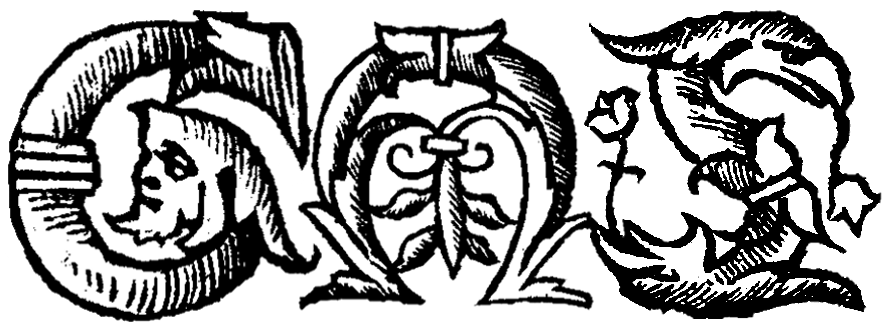Everything’s destined toward demise | كل شيء مصيره للزوال

Horseman brandishing a sword, from Manual on the Arts of Horsemanship (Nihayat al-su’l wa al-umniya fi ta‘allum ‘amal al-furusiyya) by al-Aqsara’i. Dublin, Chester Beatty Library, Ar 5655.146, f.146r
